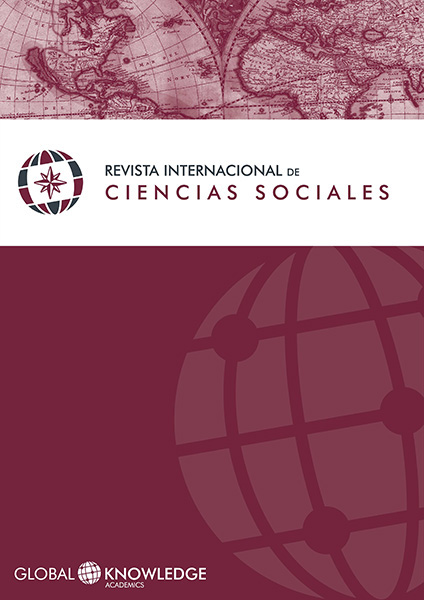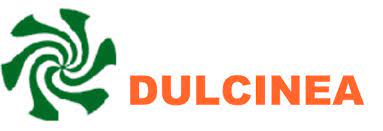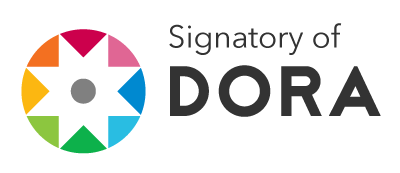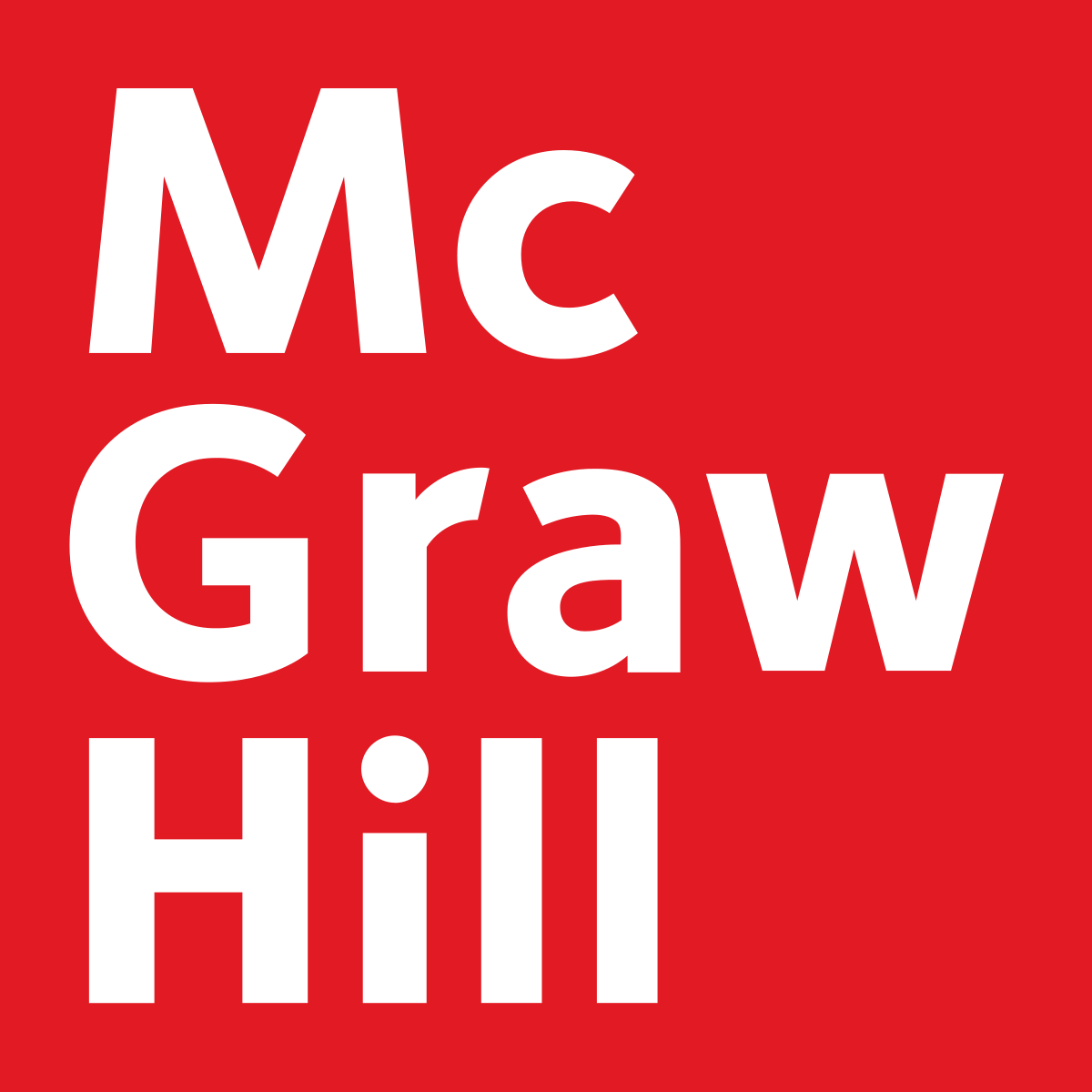Economics as a Social Science, a Discussion about Methodology of General Equilibrium after Financial Crisis of 2008
DOI:
https://doi.org/10.37467/gka-revsocial.v6.157Keywords:
Orthodox Economics, Methodology, Economy Crisis, OntologicalAbstract
One repercussion, of financial crisis in 2008 was the debate about the explanatory capacity of orthodox economic model. In this context, the aim of this paper is to contribute to the discussion of the explanatory capacity of orthodox economic model. The focus is the emergence of economics as a science into an axiomatic model and the relevance of it to address the economic issue. The implications of this framework are the inability to respond effectively to the imbalances. The discussion is focused an ontological problem in economics, on what should be subject of analysis by the economic science.
Downloads
Global Statistics ℹ️
|
419
Views
|
341
Downloads
|
|
760
Total
|
|
References
Arrow, K. y Debreu, D. (1954). Existence of an Equilibrium for a Competitive Economy. Econometrica, 22(3), pp. 265-290. DOI: https://doi.org/10.2307/1907353
Blanchard, O. (2008). The state of macro. Working Paper 14259 http://www.nber.org/papers/w14259 DOI: https://doi.org/10.3386/w14259
Boland, L. (1990). The methodology of economic model building. Methodology after Samuelson. Routlege, London and New York.
Castañeda, G. (2011). “Ciclos Económicos y Fragilidad Financiera.” Trabajo presentado en el Taller de Sociomática estudio de los sistemas complejosen el COLMEX. Del 6 de abril al 15 de junio, Ciudad de México.
Chick, V. y Dow, S. (1999). Formalism, Logic and Reality: A Keynesian Analysis, Universi, presentado en “ Conference on Formal Models and Economic Theory: History, Analysis, Methodology”, Paris, September 1999, the Faculty of Economics at the University of Catania, Brian Loasby and Peter Skott,Italia.
Colander, D. (2008). Complexity and the History of Economic Though. March, 2008 Middlebury College Economic Discussion, Paperl No. 08-04. Disponible en: http://sandcat.middlebury.edu/econ/repec/mdl/ancoec/0804.pdf
Dequech, D. (2007). Neoclassical, mainstream, orthodox, and heterodox economics. Journal of Post Keynesian Economics, 30(2), pp. 279-302. DOI: https://doi.org/10.2753/PKE0160-3477300207
Dow, S. C. (2008) Plurality in Orthodox and Heterodox Economics. The Journal of Philosophical Economics, I(2), pp. 73-96.
Friedman, M. (1953). “The Methodology of Positive Economics”, en Id., Essays in Positive Economics, Chicago University Press, Chicago, 3-43. DOI: https://doi.org/10.1017/CBO9780511581427.002
Gibson, Q. (1982). La lógica de la investigación social. Madrid: Ed. Tecnos.
Gómez, R. (2015). Evolución científica y metodológica de la economía, escuelas de pensamiento, Tesis para obtener el grados de Doctor en Economía (Dirección y Administración de Empresas) Profesor de la UNED de MALAGA (Universidad Nacional de Educación a Distancia).
Guzmán, F. (2012). El “átomo social” y la ontología de la realidad institucional para John Searle Gabriel Universidad Nacional de Colombia Facultad de Ciencias Humanas, Departamento de Filosofía Bogotá D.C., Colombia 2012.
Hausman, D. (2008). The philosophy of economics, an anthology, Cambridge University, UK. DOI: https://doi.org/10.1017/CBO9780511819025
Hicks, J. (1957). Valor y Capital, Fondo de Cultura Económica, México.
Hutchinson, T. (1938). The significance and basic postulated o economic theory, Macmillan, London.
Lawson, T. (2003). Reorienting Economics, Routledge, UK.
Lawson, T. (1997). Economics and Reality. Routledge. DOI: https://doi.org/10.4324/9780203195390
Lawson, T. (2009). The current economic crisis: its nature and the course of academic economics, Cambridge Journal of Economics, Oxford University Press, vol. 33(4), pages 759-777, July. DOI: https://doi.org/10.1093/cje/bep035
Lawson, T. (2014) “Modelación matemática e ideología en la economía académica”, Revista de Economía Institucional 16, 30, 2014, pp. 25-51.
Leijonhufvud, A. (2011). “Nature of an economy.” UCLA and University of Trento. Feubrary 2011, diponible en: www.cepr.org,Trento, Italia.
Lieberman, E. (2005). Nested Analysis as a Mixed-Method Strategy for Comparative Research. American Political Science Review 99, 435–452. doi:10.1017/S0003055405051762. DOI: https://doi.org/10.1017/S0003055405051762
Machlup, F. (1961). Are the Social Sciences Really Inferior? En M. Martin, & L. McIntyre, Readings in the Philosophy of Social Sciences (págs. 5-19). Cambridge: The MIT Press.
Mateos, J. L. (2005). Caos y complejidad. En: Las ciencias de la complejidad y la innovación médica. Centro de Investigaciones Interdisciplinarias en Ciencias y Humanidades, Universidad Nacional Autónoma de México, Secretaria de Salud, Plaza y Valdés.
Robinson, J. (1976). Herejías Económicas, viejas controversias de la teoría económica. Ariel, Barcelona.
Rosenberg, A. (1992), Economics –Mathematical Politics or Science of Diminishing Returns?, The University of Chicago Press, Chicago.
Samuelson, P. (1947). Foundations of Economic Analysis, Harvard U. P., Cambridge (Mass.).
Skidelsky, R. (2009). El regreso de Keynes, Crítia, España. DOI: https://doi.org/10.1093/actrade/9780199591640.001.0001
Sola, J. (2006). “Metodología de la economía positiva, los límites de la predicción” Revista Libertas XIII: 45 (Octubre 2006).
Woodford, M. (2003). Interest and Prices: Foundations of a theory of monetary policy. Princeton University Press.
Woodford, M. (2009), “Convergence in Macroeconomics: Elements of the new Synthesis”, American Economic Journal: Macroeconomics, 267-279. DOI: https://doi.org/10.1257/mac.1.1.267
Downloads
Published
How to Cite
Issue
Section
License
Those authors who publish in this journal accept the following terms:
-
Authors retain copyright.
-
Authors transfer to the journal the right of first publication. The journal also owns the publishing rights.
-
All published contents are governed by an Attribution-NoDerivatives 4.0 International License.
Access the informative version and legal text of the license. By virtue of this, third parties are allowed to use what is published as long as they mention the authorship of the work and the first publication in this journal. If you transform the material, you may not distribute the modified work. -
Authors may make other independent and additional contractual arrangements for non-exclusive distribution of the version of the article published in this journal (e.g., inclusion in an institutional repository or publication in a book) as long as they clearly indicate that the work was first published in this journal.
- Authors are allowed and recommended to publish their work on the Internet (for example on institutional and personal websites), following the publication of, and referencing the journal, as this could lead to constructive exchanges and a more extensive and quick circulation of published works (see The Effect of Open Access).













